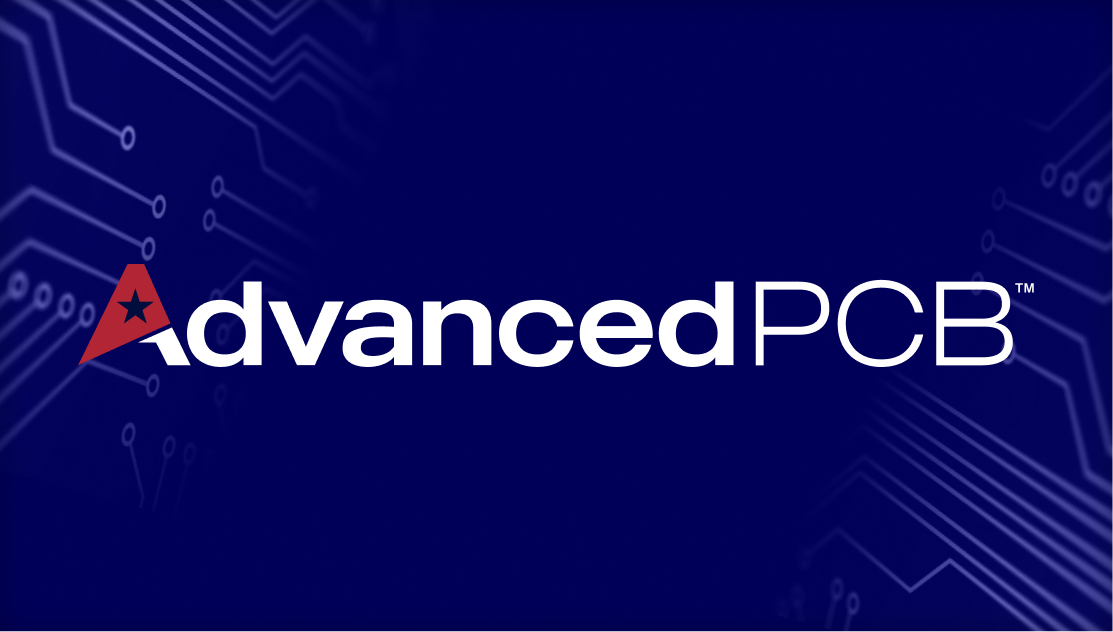Choosing the Right PCB Company

What is Important About Choosing the Right PCB Company?
Electronics are taking center stage in a continuously growing variety of industries. From computers and high-performance servers that drive web sites and global enterprises to machine tools utilized throughout industrial sectors to smartphones and tablets, printed circuit boards (PCBs) have become critical elements of day-to-day living. Designers of PCBs are challenged on a daily basis to apply creativity and technology for developing boards that perform critical functions for products, while still controlling cost and meeting tight project schedules.
Designing PCBs is only one process in the development of the end product. Creation of a prototype that can confirm the desired functionality of the designer’s efforts is critical to the success of the end product. Only after a prototype has been thoroughly tested and subjected to all anticipated environments can the PCB be considered ready for production.
Manufacturing of the prototype and production models requires sourcing a manufacturer that can efficiently and cost-effectively manufacture the PCB to the desired specifications. With the growth of the PCB industry the number of manufacturers has also grown significantly in recent years. How does a PCB design find the right fabrication company to partner with?
What Are PCB Company Considerations?
When beginning the search for a PCB company, there are a many factors that contribute to the selection decision:
-
Quality – what level of quality will the company provide? This may not be quite so critical for an initial prototype when only the conceptual function is to be validated, but if the plan is to utilize the same company for a final production version it will be essential to the success of the production PCB. Fabricators vary greatly in quality for quick-turn, low-cost PCBs and quality is often reflected in the results. The old adage “you get what you pay for” may very well be the message here.
-
Testing – will the company perform complete testing of the fabricated PCB before shipping, or will they assume that responsibility falls to the designer? Testing by the PCB company should be considered part of their service.
-
Responsiveness – does the manufacturer guarantee turn-around time for prototypes and finished products? This can be extremely important for tight project schedules when developing prototypes, and also for the end product when delivery schedules for customers are in the balance.
-
Flexibility – PCB design specifications may include specific instructions for the fabrication process. Does the prospective manufacturer facilitate such detailed notifications for creating PCBs, or are they more locked into their specific fabrication techniques such that not all detailed written fabrication notes may be acceptable?
-
Delivery schedules – can PCB companies deliver to your project schedules for prototypes and manufacture your anticipated production volumes on time? Off-shore manufacturing may be cost-effective, but delivery schedules can be impacted by time differences (inability to reach the person needed when necessary), shipping lead times, and language barriers.
-
Experience – is the proposed fabricator experienced with the development tools utilized in designing the boards? Compatibility with the design tools will enhance the likelihood that the finished product will perform as designed.
-
Certifications – along with experience with design technologies utilized and manufacturing techniques, can the PCB company certify the fabricated PCBs for any requirements that may be applicable such as UL 94V-0 fire resistance, if needed?
-
Support – support is absolutely critical to the success of manufactured PCBs. Prospective manufacturers should have experienced engineers on their staffs to work with their customers’ designers in trouble-shooting design problems, often even before manufacturing begins.
-
Technology – when a complex and advanced PCB design is being implemented, does the vendor have the manufacturing expertise to accommodate such PCB development? Not all fabricators utilize the same high levels manufacturing technology.
-
Materials – verify with a fabricator that the materials to be used in building PCBs meet all specifications of the designer. Some could be utilizing low-cost components or may substitute lower-cost.
-
Longevity – how long has the supplier been in business? This lends credence to the PCB company and its success in the market, including satisfied customers.
Making the Right PCB Company Selection
Another issue worth considering is whether the manufacturer is familiar with the same file formats that the designer plans to furnish for the fabrication process. Familiarity with the file formats and technology used in the design phase provides additional assurance that the resulting PCBs will meet the designed functionality.
Taking each of these considerations into account before proceeding with selection of a PCB company will go a long way toward establishing a long-term relationship with a reliable supplier. Additionally, it pays to do a little research on the prospective company in the way of checking for complaints against the company or researching the company’s financial status.

AdvancedPCB
Related Posts

Future trends of the circuit board

Understanding the Difference between PCB prototyping and Full Spec Production
